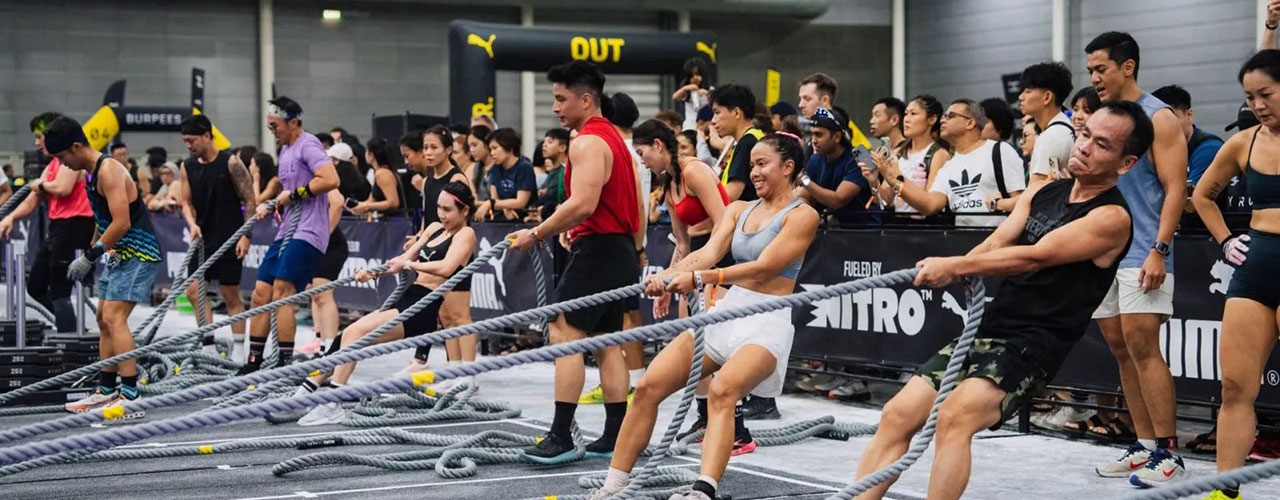HYROX is a hybrid fitness competition that’s quickly gaining global traction. With its combination of strength and endurance challenges, it has attracted athletes from various backgrounds—especially those new to CrossFit-style training. But with its intensity comes a heightened risk of injury, particularly for underprepared participants.
This article explores how each station in HYROX can lead to specific injuries—especially knee pain, lower back pain, shoulder issues, and Achilles tendon problems—and how physiotherapy can help reduce the risk.
Table Of Content
What is HYROX and Why Is It So Demanding?
HYROX is a unique competition format that combines running and strength stations. Participants must complete a total of 8 kilometers of running, interspersed with 8 exercise stations, all performed under strict movement standards enforced by race officials. The aim is to complete the course in the shortest time possible.
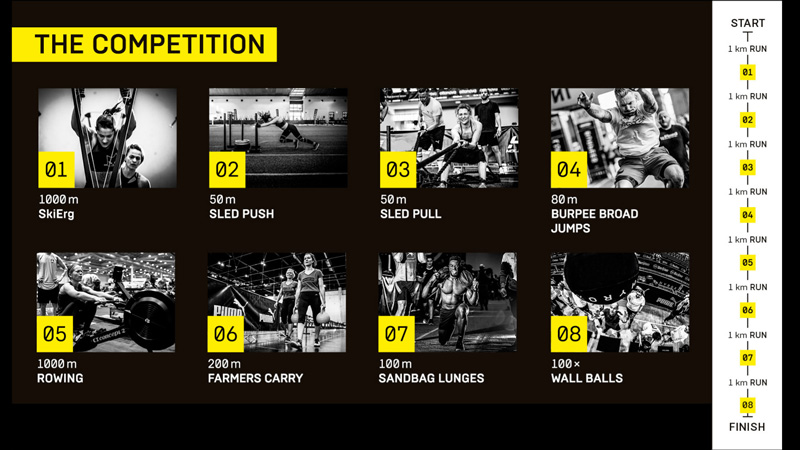
These stations test a wide range of physical capacities, including strength, endurance, power, coordination, and cardiorespiratory fitness. However, the combination also increases the risk of injury if the body is not properly prepared. Training for this competition can place serious stress on your joints, muscles, and cardiovascular system, especially with the repeated movements.
Common Injuries in Hyrox: What to Watch For
1. Shoulder Pain
Most HYROX stations involve upper body strength and mobility. Participants with pre-existing shoulder issues are particularly vulnerable due to repeated overhead and weight-bearing movements.
SkiERG
As an overhead pull, it requires both mobility and stability. Weak rotator cuff muscles or limited shoulder range can lead to impingement. The latissimus dorsi powers the pull; if it’s weak, pressure shifts to the shoulder joint.
Burpee Broad Jump
After jumping, participants must drop to all fours. This puts significant weight through the shoulders, relying on both rotator cuff and scapular stabilizers like the serratus anterior. Weakness here causes instability and pain.
Walking Lunges
Carrying a sandbag overhead challenges shoulder joint and scapular mobility. Excessive tension on the capsule or tendons can cause irritation or even injury.
Wall Balls
A high-rep, full-body motion that transfers energy from lower to upper body. Weakness or mobility deficits in the upper body may result in shoulder strain or overuse pain.
2. Low Back Pain
The lumbar spine absorbs forces from all directions in HYROX. A strong, mobile, and stable core is essential for injury prevention. Participants with undertrained core muscles or pre-existing back conditions are at higher risk.
SkiERG
This full-body exercise focuses on arms and trunk. Repetitive pulling activates the abdominals and latissimus dorsi to maintain spinal stability. Fatigue in these muscles can increase lumbar spine stress, resulting in pain.
Sled Pull
Requires grip strength, quadriceps endurance, and core stability. The erector spinae must keep the spine neutral. Lumbar strain occurs when the back loses neutral alignment due to fatigue or poor posture.
Rowing
The back flexes and extends through each stroke. If there’s reduced mobility in the hips, knees, or spine, the lumbar area may bear excessive force. Fatigue in quadriceps or lats can shift the workload to the low back, causing overuse injuries.
Farmers Carry
Despite appearing low-impact, this station challenges the obliques and quadratus lumborum (QL) muscles. These stabilizers prevent the torso from tilting as the body moves forward. Weakness leads to side-dominant back pain and instability.
Wall Balls
Similar to SkiERG, wall balls are fast-paced and repetitive. The lumbar spine acts as a stabilizer while the legs and upper body generate force. If there’s muscle fatigue or weakness, low back overload is likely.
3. Knee Pain
Nearly all HYROX stations are lower-limb dominant, and combined with extensive running, the knees are heavily loaded. Without adequate strength, power, and endurance in the quadriceps, participants are likely to experience knee discomfort or injury.
Sled Push
This involves pushing a loaded sled across a high-friction surface for 50 meters. Participants must generate powerful triple extension through the hips, knees, and ankles. The quadriceps are one of the key power drivers here. Without sufficient strength or endurance, there’s a risk of patellofemoral pain or iliotibial band syndrome (ITBS).
Sled Pull
Technique varies, but a sustained deep squat position is often required. This heavily taxes the quadriceps, especially if using the backward walking method. Inadequate strength in both the quadriceps and upper body pulling muscles can increase the risk of patellofemoral pain.
Burpee Broad Jump
This movement requires forward-propelled jumping, relying heavily on quadriceps and gluteal power. Weakness or poor technique can overload the knees, resulting in patellofemoral pain or patellar tendinopathy (jumper’s knee).
Rowing
This begins in full knee flexion. Those with meniscus tears, osteoarthritis, or other knee conditions may struggle due to limited mobility. Physiotherapy treatment is recommended to restore knee flexion and avoid symptom aggravation. Deep squats and sissy squats can prepare the knees for the required motion.
Walking Lunges
One of the most demanding stations. Participants must lunge 100 meters with a sandbag, requiring significant quadriceps and glute endurance. The rear knee must touch the floor per competition standards, increasing the risk of prepatellar bursitis. Poor rectus femoris mobility can also lead to quadriceps tendon irritation.
Wall Balls
This movement requires repeated squatting and standing with power. Lack of quadriceps or glute endurance can overload the knee, contributing to patellofemoral pain.
4. Achilles Pain
Achilles tendinopathy is a common overuse injury in HYROX. Caused by repetitive loading and insufficient recovery, it often involves underlying weaknesses in the calves, glutes, quads, or foot muscles.
Running
HYROX includes 8 kilometers of running. Fatigue, poor technique, or inadequate footwear can increase Achilles tendon load and injury risk.
Sled Push
Performed on toes with heels elevated, this requires high tendon stiffness. Weak or fatigued calf muscles compromise tendon stability, raising the likelihood of strain or rupture.
Conclusion: Stay Strong, Stay Injury-Free
HYROX offers a dynamic and rewarding challenge for athletes of all levels. But with its physical demands, it’s critical to train smart and be aware of injury risks—especially in the knees, lower back, shoulders, and Achilles tendon.
Get Race-Ready with Physiotherapy
Don’t wait until you’re in pain. Let’s build a foundation of movement, strength, and recovery that helps you show up stronger every time. At Mobilize Physio, our physiotherapists can:
- Identify mobility or strength deficits
- Build a Hyrox-specific injury prevention plan
- Guide recovery from training or racing
- Improve biomechanics and performance
Book an assessment with our team today to prepare your body for peak performance and race day success.


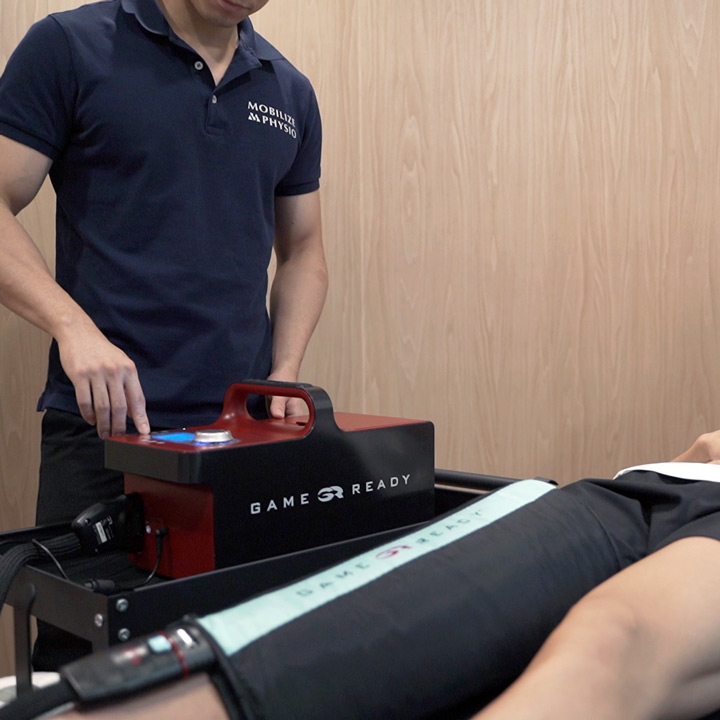
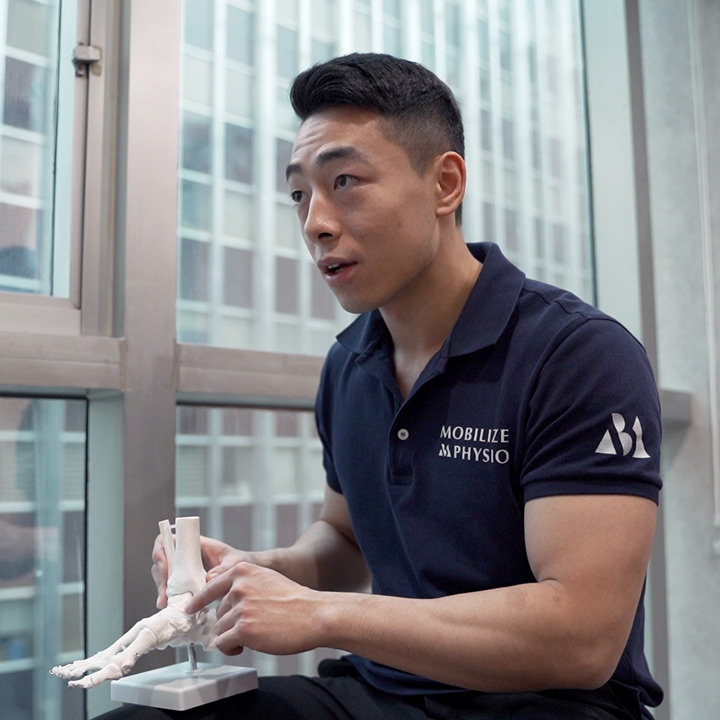
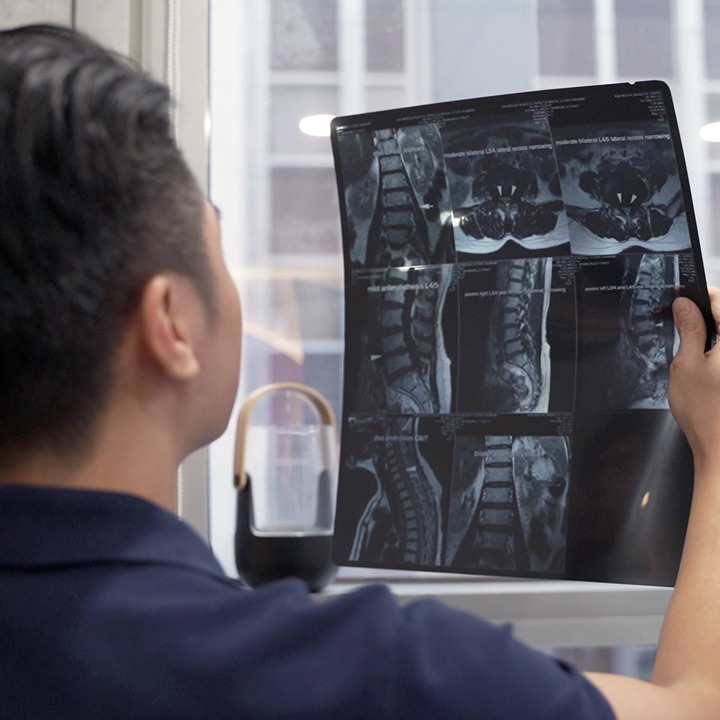

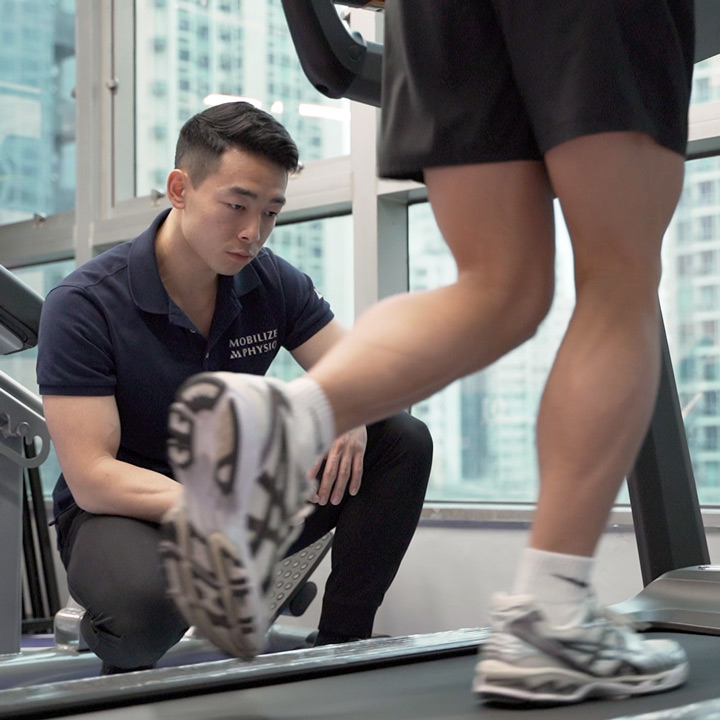
Physiotherapy Service
Mobilize Physio is a physiotherapy center located in Hong Kong. Our team of professional physiotherapists provides high-quality, evidence-based pain treatment. Our services include sports injury treatment, pain management, post-surgery rehabilitation, and posture and body alignment correction.
Every patient is unique, and we believe that every treatment plan should be customized accordingly. Therefore, we focus on one-on-one service to ensure that each patient receives personalized attention and specialized care. Contact us today to learn more about our physiotherapy services.
Latest Blog Posts
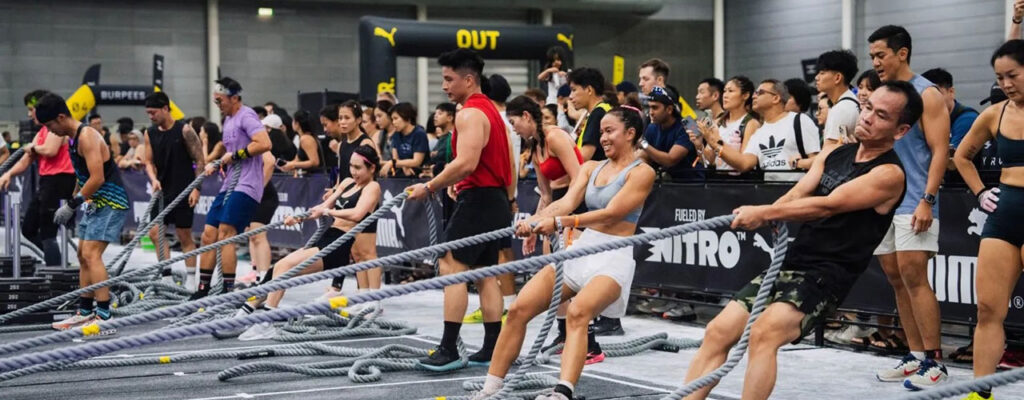
HYROX and Physiotherapy: How to Prepare, Prevent Injury, and Perform at Your Best
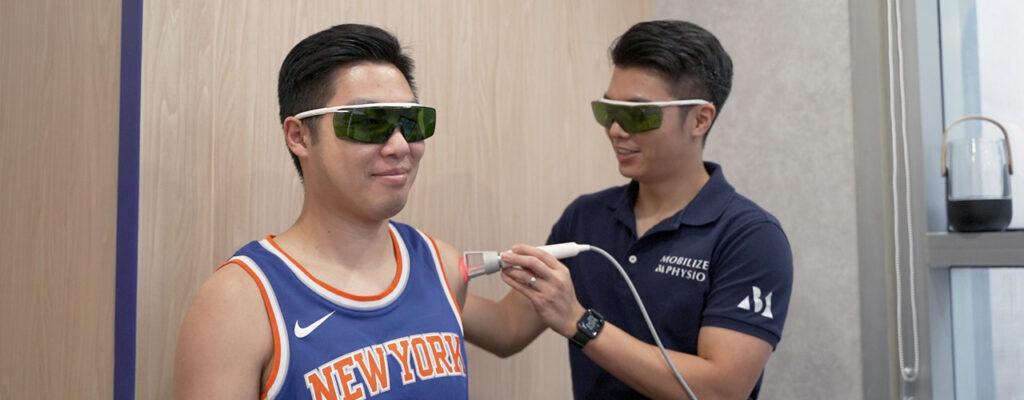
Why Pre and Post-Operative Physiotherapy is Essential for Recovery?

Tips to Reduce Hip Joint Pain and Stiffness
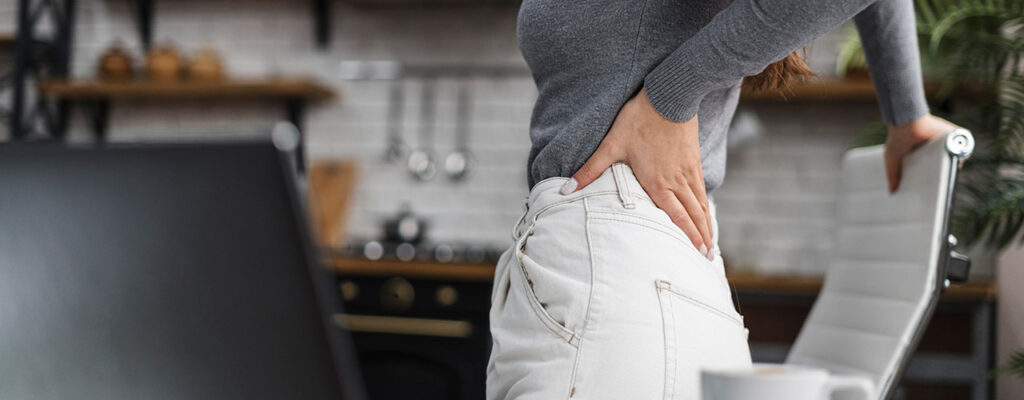
Pain in the Butt: Why It’s Probably Not Piriformis Syndrome

Standing All Day at Work? 7 Tips to Reduce Your Risk of Varicose Veins

Mobility Enhancement for Older Adults: The Key to Healthy Aging

